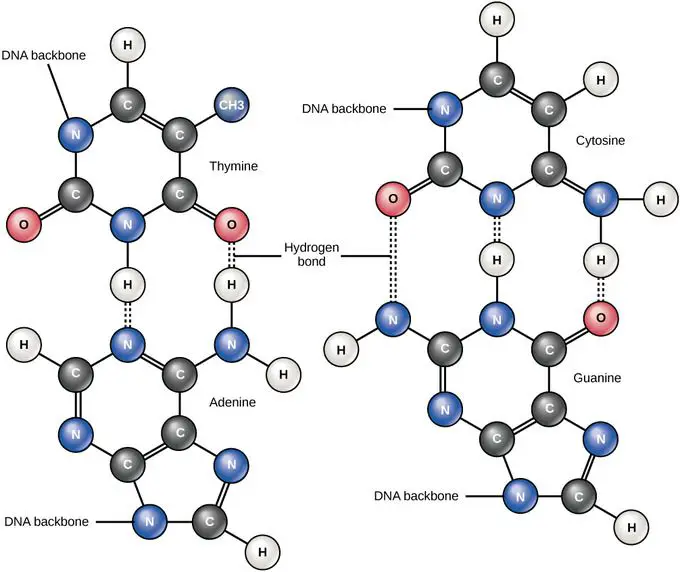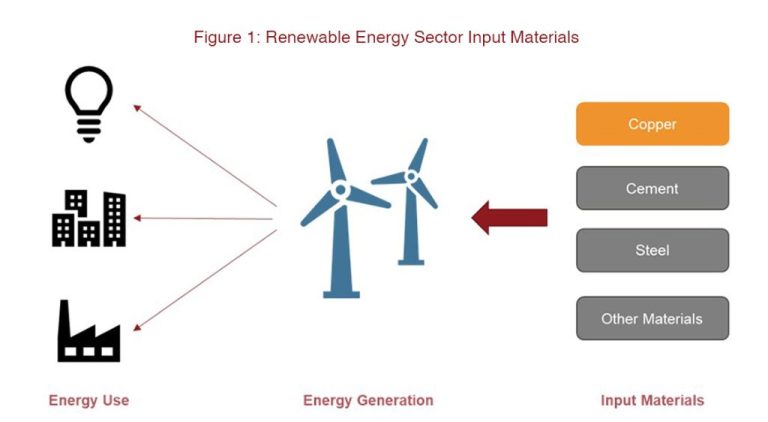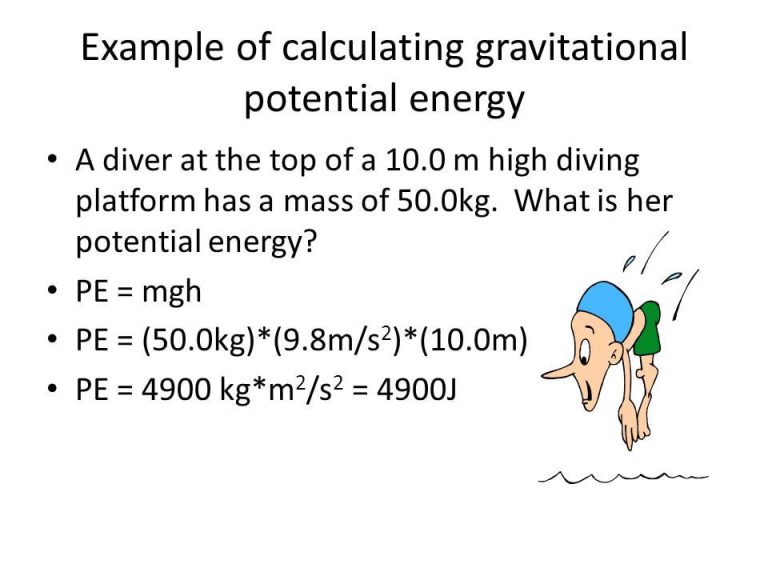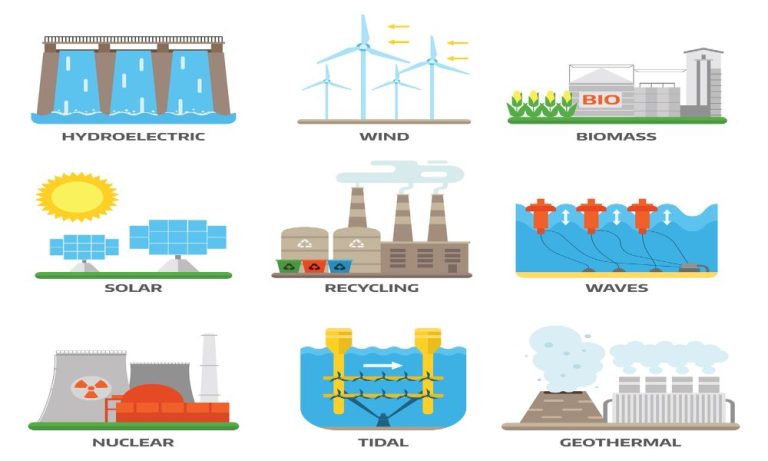How Much Electricity Is Delivered To A House?
This article will provide a comprehensive overview of how much electricity is delivered to the average home. We’ll start by explaining how electricity delivery is measured, then look at typical usage amounts and what impacts how much power a home requires. From there, we’ll break down usage by appliance and time of day, discuss ways to improve efficiency, and examine options for generating your own electricity. To wrap up, we’ll look at where home electricity demand seems to be headed in the future.
Understanding how much electricity arrives at your home is useful for budgeting your utility bills, knowing what drives your energy use, and finding ways to conserve power. Whether your goal is to lower your environmental impact or simply reduce costs, learning about home electricity delivery provides valuable insight.
Measuring Electricity Usage
Electricity usage in homes is measured in kilowatt-hours (kWh). This is the amount of energy consumed over a period of time. For example, a 100-watt light bulb running for 10 hours would consume 1 kWh of electricity (100 watts x 10 hours / 1000 watts per kW).
The rate of electricity consumption is measured in kilowatts (kW). This refers to the amount of instantaneous power usage. Going back to our light bulb example, the rate of consumption would be 0.1 kW (100 watts/1000).
Smart meters are digital devices used by utility companies to track electricity usage in homes. They measure consumption on an hourly or sub-hourly basis and transmit this data back to the utility. Smart meters provide much more granular data compared to traditional meters that are read manually once a month. This helps consumers to better understand their usage patterns and potentially reduce waste.
Average Home Electricity Usage
The average American home used about 10,700 kilowatt-hours (kWh) of electricity per year in 2020, according to the U.S. Energy Information Administration. That’s about 893 kWh per month. Usage varies by region, with the average home in the South using the most at 11,842 kWh per year. The West used the least at 9,120 kWh per year.
Electricity usage also tends to increase with household size. For example, households with 1 or 2 people used an average of 7,060 kWh per year. In comparison, households with 5+ people used an average of 15,336 kWh per year.
Factors That Impact Usage
The amount of electricity a home uses depends on several key factors:
House Size and Number of Residents: Larger homes with more residents will use more electricity overall. Each additional resident adds more appliances, lights, electronics, and hot water usage. Similarly, larger homes have more space to heat, cool, and light. An energy efficient 5,000 square foot home with 5 residents will use much more electricity than an energy efficient 1,000 square foot apartment with 1 resident.
Climate and Heating/Cooling Needs: Homes located in extreme climates that require extensive heating or cooling will have much higher electric bills. Heating and cooling systems are major electricity consumers. Homes that rely on electric heat pumps, furnaces, or air conditioners will use more electricity than homes with more moderate climates that require less artificial heating and cooling.
Energy Efficiency: Homes with poor insulation, old appliances, incandescent lighting, and inefficient heating/cooling systems will consume much more electricity compared to energy efficient homes. Upgrading to LED bulbs, Energy Star certified appliances, modern HVAC systems, and increasing insulation can significantly reduce home electricity consumption.
Peak Usage Times
Electricity usage tends to peak during certain high-demand hours of the day. Typically, peak hours occur in the morning when people are getting ready for work and school, and in the evening when people return home and use appliances like lights, TVs, computers, and cooking devices simultaneously.
Utilities often charge more for electricity used during peak times through demand charges or time-of-use pricing. With demand charges, utilities charge a premium rate just for having a high peak demand, regardless of total electricity consumption. Time-of-use rates charge varying prices for electricity based on the time of day it’s used. Rates are highest during peak afternoon and evening hours, and lowest overnight when demand decreases.
By shifting flexible electricity usage to off-peak hours, homeowners can reduce exposure to demand charges or time-of-use rates. For example, charging an electric vehicle or running the dishwasher overnight takes advantage of lower prices during off-peak hours. Smart thermostats can also automatically pre-heat or pre-cool a home just before peak rates take effect.
Usage by Appliance
Household appliances vary dramatically in how much electricity they consume. Some of the biggest electricity users in the home include:
-
HVAC system for heating and cooling – Can account for over 50% of a home’s energy use. Central air conditioners use the most, followed by electric heat pumps, furnaces and boilers.
-
Water heater – Typically the second biggest electricity user after HVAC. Electric water heaters in particular use a lot of energy to heat water.
-
Washer/dryer – Washing machines and dryers can use up 500-600 kWh per year. Choose energy-efficient models to reduce consumption.
-
Refrigerator – Necessary but uses around 500-600 kWh annually. Look for Energy Star rated models.
-
Dishwasher – Uses about 300 kWh per year to wash dishes. Scrape rather than pre-rinse to save energy.
-
Television and electronics – TVs, computers, game consoles quickly add up, especially when left in standby mode.
Pay attention to the major electricity draining appliances and focus efficiency efforts there for the biggest impact.
Improving Efficiency
There are many ways homeowners can reduce their electricity usage and improve efficiency. Here are some tips:
Replace old appliances and electronics
Appliances and electronics purchased before 1990 tend to use significantly more energy than Energy Star certified models produced today. Replacing old refrigerators, dishwashers, washing machines, and air conditioners with energy efficient models can make a big dent in electricity consumption.
Install a programmable or smart thermostat
Programmable thermostats allow homeowners to set different temperatures for different times of day. Smart thermostats take this a step further by optimizing heating and cooling based on occupancy patterns. Properly using programmable and smart thermostats reduces energy wasted from heating or cooling an empty home.
Seal air leaks
Sealing air leaks around windows, doors, electrical outlets, and attics can improve a home’s weatherization and reduce energy needed for heating and cooling. A home energy audit can identify major areas where air may be escaping.
Switch to LED lighting
Replacing incandescent light bulbs with LEDs that use at least 75% less energy provides significant electricity savings. LED bulbs also last much longer than traditional incandescent bulbs.
Utilize shades and awnings
Strategically using window shades, awnings, and curtains to block direct sunlight in the summer and allow sunlight in the winter helps reduce reliance on air conditioning and heating.
Look into incentives and rebates
Many utility companies and state/local governments offer rebates and incentives for upgrading to energy efficient appliances and equipment. An energy audit will also identify any significant savings opportunities eligible for rebates.
Generating Your Own Electricity
With electricity rates rising, more homeowners are looking into generating some or all of their own electricity. Installing solar panels or a wind turbine allows you to harness renewable energy from the sun or wind to power your home. Any excess electricity you generate can be sold back to the utility company. Here are some popular options for home electricity generation:
Solar Panels
Solar photovoltaic (PV) panels convert sunlight into electricity. The average home needs between 10-25 solar panels installed on the roof or ground, costing $15,000-$30,000 depending on system size. With available tax credits and incentives, payback periods are typically 4-8 years.
Solar Battery Storage
Pairing solar panels with a home battery storage system like the Tesla Powerwall allows you to store excess solar energy for use when the sun isn’t shining. A Powerwall unit costs $7,000-$15,000 installed. With enough solar and storage capacity, you can operate independent of the grid.
Wind Turbines
Residential wind turbines can also offset electricity usage, but have higher upfront costs of $15,000-$50,000 installed. The payback period can be over 20 years in less windy locations. Anemometers can help determine if your home site has enough wind potential.
Generating your own renewable electricity provides energy independence and can zero out electric bills. Though systems can be pricy upfront, incentives and future energy savings make home generation an attractive option.
Future Outlook
Home energy usage has increased dramatically in recent decades with the proliferation of electricity-powered devices and appliances. However, new technologies and trends point to declines in energy consumption moving forward.
One factor that will reduce home energy demands is the spread of smart home technologies, like smart thermostats, smart lighting, and smart appliances. These devices allow homeowners to monitor and control energy use more efficiently. For example, smart thermostats can adjust temperatures when residents are away to save energy. Smart appliances can shift usage to off-peak times when electricity rates are lower. Wide adoption of smart home tech across homes could significantly cut electricity consumption.
LED lighting is also expected to continue displacing inefficient incandescent bulbs. LEDs use a fraction of the energy for the same brightness. The Department of Energy expects LEDs to account for about 75% of all lighting sales by 2030.
Improvements in building codes and construction will also make future homes more energy efficient with better insulation, windows and energy saving designs. Appliance efficiency is similarly expected to improve over time.
In summary, while home energy demands are increasing as more devices are added, efficiency improvements driven by technology advances and regulations will likely cause per household electricity use to decrease in coming decades.
Conclusion
In conclusion, the average home uses around 893 kWh per month, but usage can vary dramatically based on appliance efficiency, home size, occupancy, and climate. Usage peaks in the morning and evening hours when people are waking up, cooking, showering, and returning home from work. The biggest energy guzzling appliances are HVAC, water heating, lighting, refrigeration, and electronics. Improving efficiency with LED bulbs, Energy Star appliances, insulation, and smart thermostats can reduce usage. Homeowners may also consider generating their own electricity through solar panels to reduce their consumption from the grid.
The key takeaways are that while the average home uses around 10,000 kWh annually, many factors influence household energy consumption. Being aware of your usage patterns, inefficient appliances, and peak times provides opportunities to lower your energy bills and environmental impact through conservation and efficiency upgrades.





